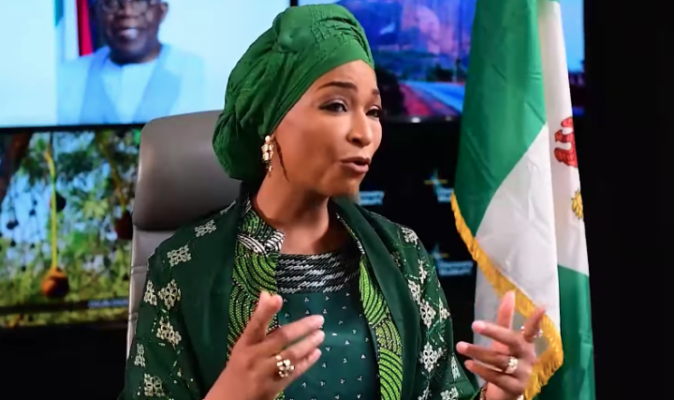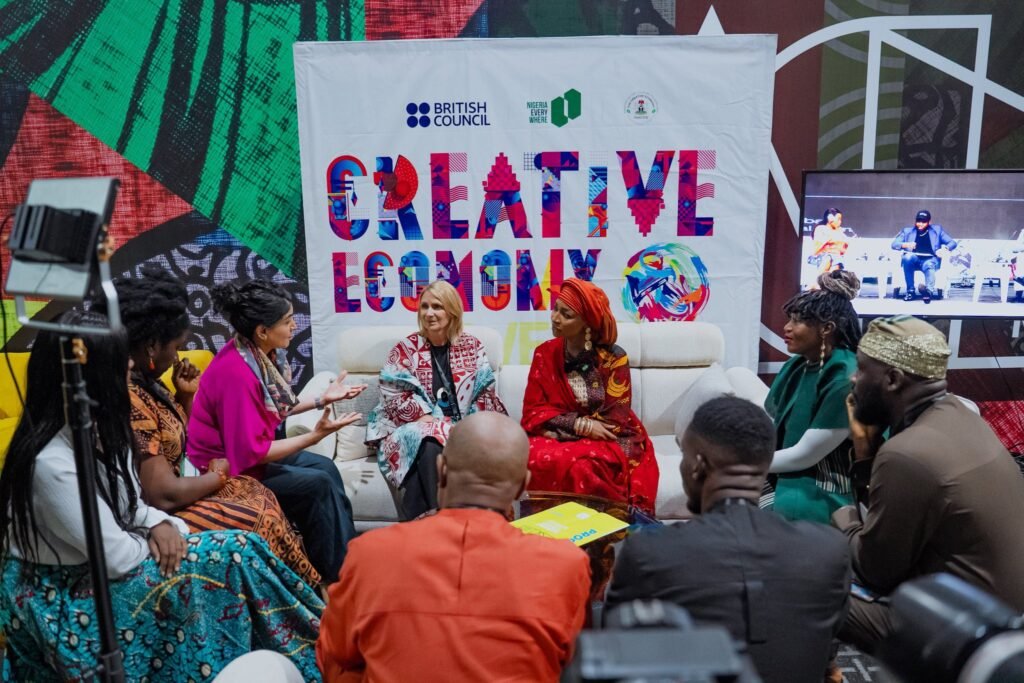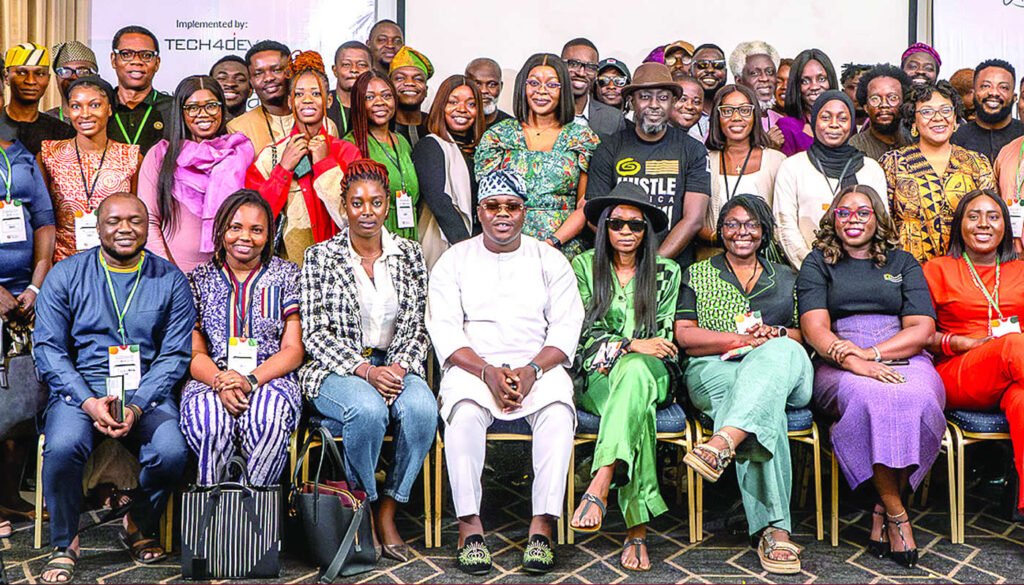Nigeria has unveiled a landmark publication—the Creative Economy Data Mapping Report—that aims to reposition the country’s cultural and creative sectors as powerful engines of economic growth.
The report, launched by the Federal Ministry of Arts, Culture, Tourism and the Creative Economy during the Creative Industries Economic Coordination and Investment Summit in Lagos, provides the most comprehensive overview yet of the opportunities and challenges shaping the industry.
By spotlighting where the gaps lie—in finance, infrastructure, and policy—and pointing out areas ripe for investment, the document is set to guide both government action and private sector involvement in reshaping the industry.

Table of Contents
A Sector with Global Potential
Nigeria’s creative industry is not new to the world stage. From Nollywood, now recognised as the second-largest film industry globally, to Afrobeats dominating international music charts, the country’s creatives have consistently broken barriers. Yet, despite this global influence, the sector has struggled with structural inefficiencies, limited data, and underinvestment.
This is where the Nigeria Creative Economy Data Mapping Report comes in. It provides evidence-based insights that can help translate the country’s creative energy into measurable economic impact.
According to the Ministry, the report will serve as both a “compass and toolkit,” showing exactly where resources should be channelled to stimulate growth. It goes beyond broad statements, breaking down opportunities across sub-sectors like music, film, fashion, design, digital content, tourism, and cultural infrastructure.
Job Creation at the Heart of the Strategy
The unveiling of the report aligns with the Federal Government’s Renewed Hope Agenda, which seeks to create two million jobs in the creative economy by 2030.
This target is ambitious but realistic if stakeholders act on the evidence presented. Job opportunities can be unlocked not only in front-line creative roles but also in support services—film production crews, digital distribution platforms, fashion supply chains, tourism services, and cultural event management.
Speaking at the Summit, stakeholders emphasised that data alone cannot create jobs. What is required is an enabling ecosystem—stronger infrastructure, better financing channels, training programmes, intellectual property protection, and regulatory reforms. If these conditions are met, Nigeria’s creative talents can flourish and compete globally.

Why the Report Matters Now
The timing of this report is crucial. Globally, the creative economy is projected to exceed $1 trillion in value by 2030, according to UNESCO. Africa, and Nigeria in particular, has a young, digitally savvy population that is well-positioned to tap into this boom.
However, without structured planning, Nigeria risks losing out on potential investment to countries with more organised creative frameworks. The Nigeria Creative Economy Data Mapping Report gives the country a chance to formalise what has long been an informal yet vibrant industry.
For the private sector, the report serves as a guide to high-return opportunities. Investors, both domestic and foreign, can now identify priority areas where their capital will make the most impact. From film studios to tourism operators, fashion houses to tech start-ups, the roadmap is clearer than ever.
For policymakers, it highlights where reforms are urgently needed—whether in intellectual property rights, taxation, or public investment.
For practitioners themselves, the mapping offers a practical tool to align their strategies with areas the government and investors are prioritising.
From Vision to Action
The report is not just about data; it is about turning information into action. Stakeholders are now expected to collaborate in translating their findings into tangible projects and programmes.
- Government agencies must follow through with supportive policies, funding, and infrastructure projects.
- Investors must seize the opportunities identified and provide the capital required to scale creative businesses.
- Creative entrepreneurs must leverage the data to align their strategies with emerging market needs.
If these efforts converge, Nigeria could move from being simply a cultural powerhouse to a global leader in the creative economy.

Conclusion
The launch of the Nigeria Creative Economy Data Mapping Report represents more than a bureaucratic exercise. It is a call to action—an invitation to treat the creative industry not as a side attraction, but as a serious contributor to national development.
With evidence-based insights now available, Nigeria has the tools it needs to build a thriving, job-creating, and globally competitive creative economy. What happens next will depend on the willingness of the government, private sector, and practitioners to turn data into decisions, and decisions into action.
If Nigeria follows through, the country could not only meet its target of two million jobs by 2030 but also position itself as a true global hub for creativity and cultural innovation.
Join Our Social Media Channels:
WhatsApp: NaijaEyes
Facebook: NaijaEyes
Twitter: NaijaEyes
Instagram: NaijaEyes
TikTok: NaijaEyes





